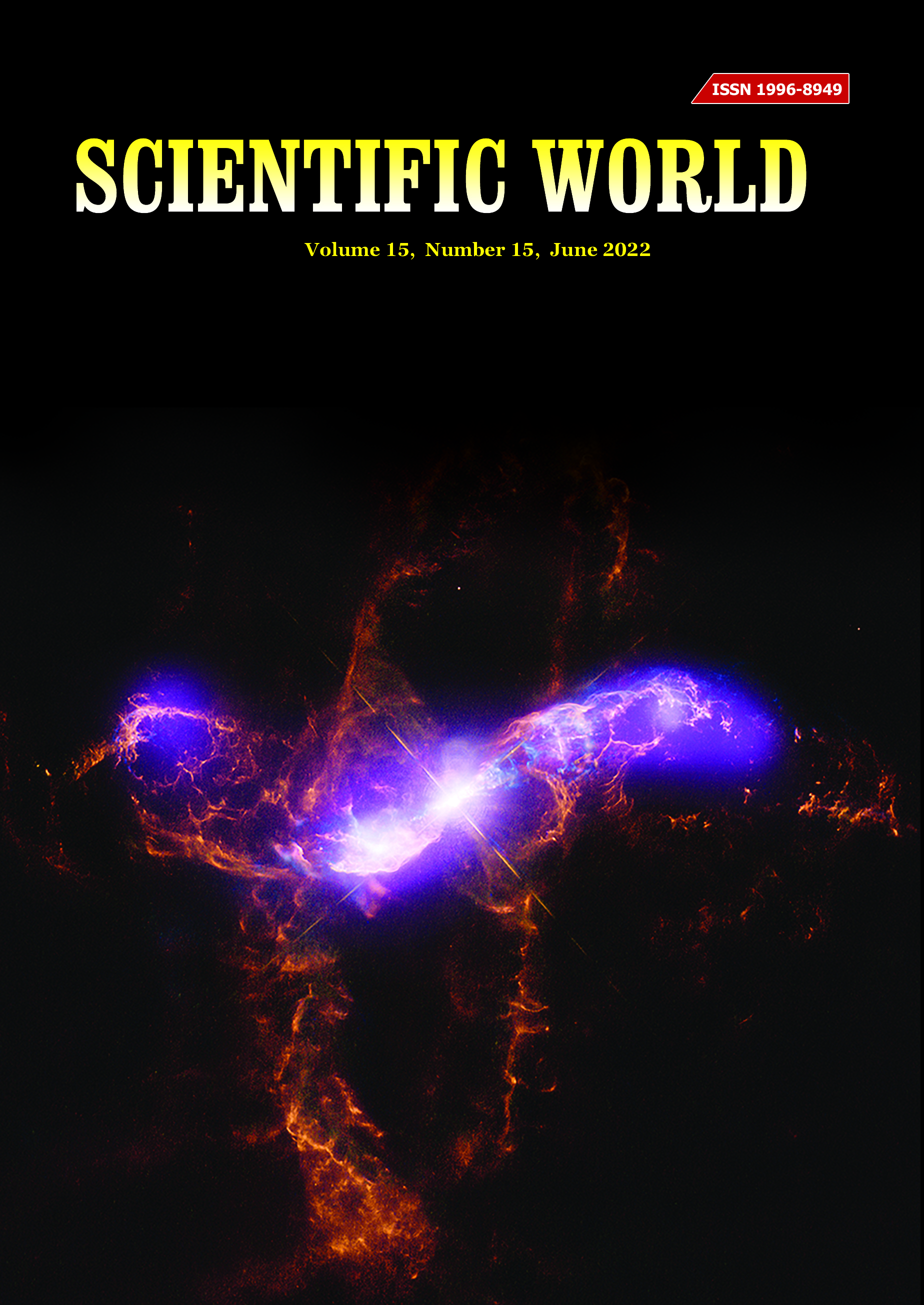Assessment of hydrochemical characteristics of the Taudaha lake, Kathmandu, Nepal
DOI:
https://doi.org/10.3126/sw.v15i15.45651Keywords:
Hydrochemistry, Geogenic weathering, Anthropic impacts, Taudaha LakeAbstract
Taudaha Lake is an important lake in central Nepal because of its cultural, aesthetic, ecological and economic values. The assessments of water quality and hydrochemical characteristics were carried out by collecting samples from 20 different sites of the lake in August 2021. Analysis of temperature, pH, electrical conductivity, total dissolved solids, turbidity, dissolved oxygen, total hardness, major cations (Ca2+, Mg2+, Na+, K+, Fe3+ and NH4+) and major anions (HCO3-, Cl-, NO3-, SO42- and PO43-) were carried out to assess the overall hydrochemistry of the lake. The obtained data were interpreted by using multivariate statistical techniques to explore pollution sources and characteristics of sampling points and compared with WHO and irrigation guidelines. Slightly alkaline water with less distinct spatial variation was found. The pattern of major ions is in order of Ca2+> Mg2+> Na+> K+> Fe3+> NH4+ and HCO3-> Cl-> SO42-> NO3-> PO43-. All parameters lie within the limit of WHO guidelines. Principal component analysis (PCA) provides four major components with 73.06% cumulative variance and hierarchical cluster analysis classifies five clusters. Results of PCA, CA, Piper, Gibbs, and mixing plots suggested that the hydrochemistry of the lake is primarily controlled by underlying carbonate-dominate lithology. Similarly, Wilcox diagram suggests that lake water is not severely affected by anthropic pollution and is suitable for irrigational purposes. It is recommended for further study on seasonal, and depth-wise water quality variations along with socio-ecological and ecotourism perspectives in the future.




